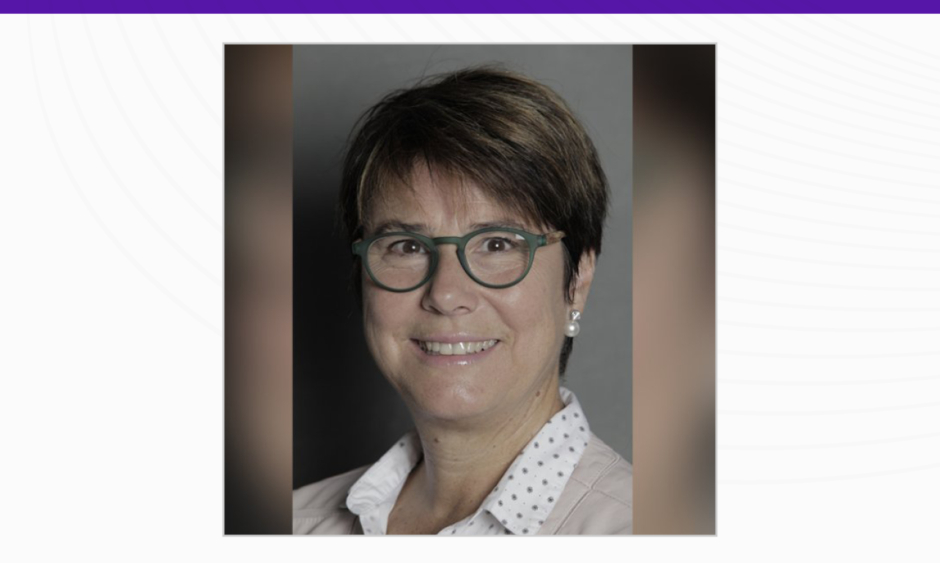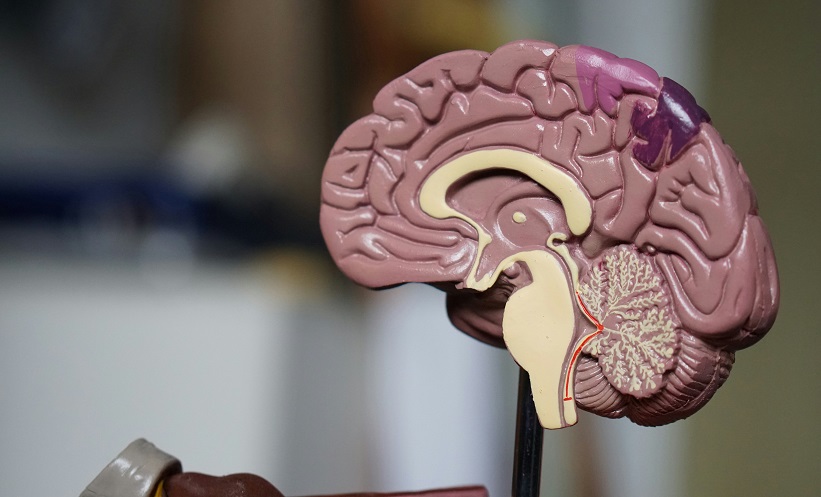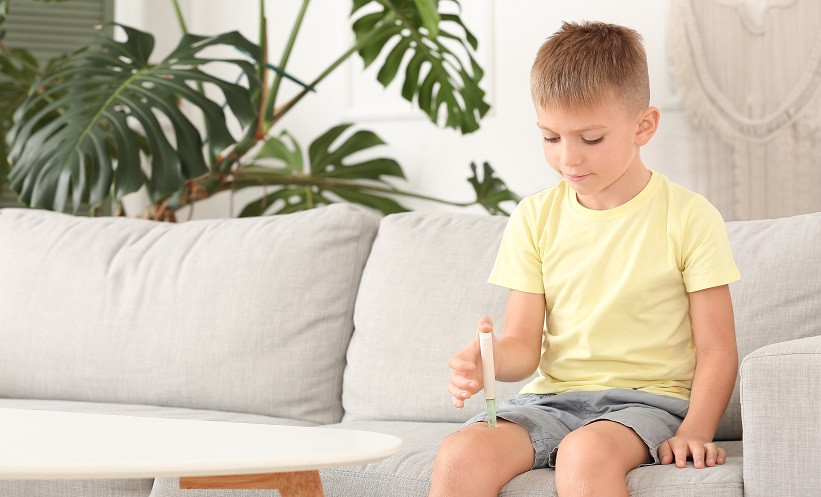Chantal Mathieu | Professor of Medicine, Katholieke Universiteit Leuven, Belgium; Chair of Endocrinology, University Hospital Gasthuisberg Leuven, Belgium
What are the most exciting changes that have been made to the programme for the European Association for the Study of Diabetes (EASD) 2021 compared to last year’s Congress?
The most exciting changes have actually been to the changes in format. The EASD this year is, again, a virtual meeting only. There’s a couple of interesting changes in format. First of all, we are starting not at 8 a.m. in the morning, Central European Summer Time, but 10 a.m.; and it goes on until 5:30 p.m. or 6 p.m. This is so that people in different time zones don’t have to get up at 3 in the morning or stay up until 3 at night at the end of each day.
There will be a wrap up by members of the Programme Committee, reviewing the highlights of the day. So, that’s also an interesting format change. And we will have the Congress over the full 4 days. So, Tuesday until Friday.
We will have a whole interactive Congress track on e-Learning, so that individuals who participated in making e-Learning modules are available to take part in a discussion with the audience. There will be 11 of these interactive sessions, where speakers of these e-Learning modules will be open for questions from the audience. There will be a very short introduction by the speaker of a module, just setting the scene, and then 60–90 minutes of questions fired by the audience. That is very nice, too. It will be very interactive, very dynamic.
Lastly, and probably the biggest change, we do not have posters sessions. Instead of posters, we will have short, oral discussions. The whole mantra of the EASD virtual conference is interaction. So instead of having posters, everybody will have this short oral discussion where they will have 4–5 minutes for the introduction of their topic and then be open for discussion. So, the key word for this EASD Congress will be interactivity. We have now 1.5 years of virtual meetings behind us and, honestly, I like virtual meetings because you can jump and skip and go if you know the session, But, the negative thing is that some of these meetings are very sterile and very, you know, flat, very one-dimensional, where the speaker gives us an often pre-recorded talk. So, in the EASD, we hope that most people will be live and then we build in a lot of interactivity. We hope people will appreciate that.
How much of an impact do you believe that the EASD Congress has both directly on endocrinologists and indirectly on patients?
We are the EASD but we realised, especially last year, with over 20,000 participants and looking at the geography of attendance, it is clear that we are more than the European Association. We had people from every continent from every country in the world, with the number one countries being Brazil and Mexico. There are endocrinologists but there’s also physicians, you know, general medicine physicians. There’s also quite a bit of primary care and we see cardiologists and nephrologists appearing. We have nurses and dietitians. So, the impact for people living with diabetes is not to be underestimated because, first of all, we are reaching the world and, also, we’re not only reaching the niche endocrinologist. We’re reaching all doctors who treat people with diabetes (endocrinologists but in some countries, they’re called diabetologists and in others, physicians) with an interest in diabetes. It is global in geography but also global in the profile of doctors and we also have non-doctors.
Let’s not forget that we also have a community of patients, or rather people living with diabetes, attending through a community called #dedoc°. As experts themselves in the disease, they’re very, very active. They also attend the conference and have a booth in the meeting area. So, we’re very conscious about our reach to people living with diabetes.
Normally, in a face-to-face meeting, we have about between 10,000–15,000 attendees. However, for 5 years before COVID-19 we already streamed our conference and, because of our charity status, 30 days after the end of the conference all materials that are in the virtual space are open and free for everybody, as is our EASD e-Learning website. You just have to register. Even without registering, you have a lot of material there for you. So, the global reach and, again, it’s a choice. That way, our meeting and the e-Learning reaches tens of thousands of people worldwide.
Also, this year, we kept our registration fees very low, and 30 days after the end of the conference it is open for everybody. So, what we saw before COVID-19, when we had 10,000–15,000 attend our meeting live, we had many people attending virtually, and so we were not surprised about the 20,000 present last year. We wanted a very democratic registration rate and if you now go to the EASD website, you will see the number of people going. We are at 60,000 people visiting and looking at this material, and that’s actually a choice. This year, we kept our registration fees very low and so we hope next year, even if the situation allows for us to go again face-to-face, but immediately design it as a hybrid meeting. Not just streaming what is happening face-to-face, but also having some virtual only tracks, so that people in the virtual space also feel very appreciated.
We’re playing around with novel concepts. Whether we will have posters next year is unclear. It all depends on the success of the short oral presentations this year, whether people appreciate it or whether they don’t like it. We’ll see.
In your interview with EMJ last year, you mentioned your mission for the INNODIA project. What developments have been made in the last year regarding this project and its mission?
So, the years 2020 and 2021 were, because of COVID-19, not nice because we couldn’t go to the labs, and we had to halt our recruitment of the newly diagnosed. People had to stop recruitment of first-degree relatives of people with Type 1 diabetes mellitus (T1DM), so it was very bad. Fortunately, the stop on recruitment only lasted about 2 months, so by October 2020 we were back on the recruitment rates that we were before. So, if you ask me, the last year or so between my last interview and now, it has been an enormous year for INNODIA. First of all, due to the success of recruitment, we’re now above predicted targets after 7 years. So, we’re done actually; we could stop recruitment. We’re not stopping. Secondly, all the labs are open again and all the basic research has also restarted.
The most important thing is that we have four clinical trials running. The first clinical trial started recruitment in November 2020, and now we have over 100 people screened in clinical trials running in INNODIA, and the sister project INNODIA Harvest. Over 45 people are now being treated in clinical trials in INNODIA and INNODIA Harvest. It’s an amazing time. It has been very hard work for all the teams all over Europe and the UK. But it’s just so exciting. We’re very proud and, on the Thursday of the EASD Congress, we had a whole, dedicated symposium to INNODIA. First of all, our biological analysis of all the biomarkers that we have in INNODIA was showcased; second, we discussed the clinical trials.
You also briefly spoke about how there are key gaps in the literature in identifying individuals who are at risk of developing T1DM through biomarkers. Have any advancements has been made in this aspect of the field since your last interview?
Yes, and we presented some of our data at the EASD meeting this year, on higher-level analyses of data in INNODIA and we can come to new signatures for understanding T1DM. However, more and more we are moving to the screening of the general population. Many initiatives are happening throughout Europe, and also in the UK, and in INNODIA we’ve now just agreed to accept people with antibodies who come from general population screening because once you have antibodies for T1DM and all the other biomarkers happening, it seems to be quite comparable whether you are a family member of a person with T1DM or not.
How do you think that sufferers of diabetes have been affected by the COVID-19 pandemic?
That’s another very interesting question. We have discovered many people with T2DM when infected with COVID-19 who did not know they had diabetes. People with T2DM were sicker because of COVID-19. They were people who were more obese, had hypertension, etc., and also had T2DM. Whether COVID-19 precipitates T1DM is not clear at the moment. Most registries have not seen an epidemic of Type 1. Also, COVID-19 itself does not seem to be worse in people with T1DM; however, we see that people with T1DM are coming to hospitals and are also dying more, not because of COVID-19 but because of diabetic ketoacidosis and because of the not having the appropriate care for their diabetes.
There is an ever-growing interest in the use of artificial intelligence (AI) in many aspects of healthcare. Do you feel that there is room for AI in the field of diabetes?
Oh, yes. So, if you had asked me ‘What is the biggest jump you have made in diabetes care in the last year?’, I would have said AI, and specifically in T1DM. Since last year, we have actually seen a boom in the use of what we call smart pumps. These are sensor augmented pumps that are like hybrid closed loop systems, where sensors talk to the pumps and make the pumps adapt the basal rate and give corrections. That has proven to be an enormous success. Unfortunately, they are quite expensive but an enormous success in people with T1DM, and I’m sure that AI would also enter into T2DM. There is an initiative of the American Diabetes Association (ADA), which is also supported by EASD, looking at precision medicine in diabetes, and not only in the therapy but also in diagnosis, so I’m sure that AI and algorithms will enter to advise on therapy in T2DM.
Do you think that there are any other noteworthy innovations on the horizon that could positively impact the field other than AI?
Interestingly, there’s a new product still being made to give you a once-weekly insulin injection. So, basically, it’s insulin that only has to be injected once a week. There are several companies working on that, with two already in Phase III studies. Then there’s the double incretin agonists which are combinations of a glucagon-like pepitde-1 receptor agonist and glucose-dependent insulinotropic polypeptide. So, tirzepatide, for instance is a very interesting product. So, a lot of new stuff is coming.
Earlier this year, INNODIA published an article earlier for the International Day of Women and Girls in Science. What advice you would give to women and girls who are striving for a career in the science Industry?
I think what is most important is that we are gender blind, and I never care if somebody is male or female when I hire them, but we also have to acknowledge the choices that people make. If people choose to take time off to spend with their children and work part-time, etc., we need to respect it. And, unfortunately, there’s the biological reality that females do not have a choice when they can have their children, and so girls and boys need to choose a career. What I mean by ‘career’ isn’t only a professional career, but also personal career, where, if they feel happy having four children and want to spend time with these four children, I respect that. It may mean you will have to spread your professional career in a different way, but it doesn’t make it less interesting.
So, if you are a bright female, please don’t say: “I cannot have children, because I want a professional career with seven science papers.” When you’re 50, and you look back, you cannot change your mind. That’s a biological reality and I don’t like it when some of my peers, male or female, say: “You know girls need to go for science papers.” Yes, but if the girl, or boy, chooses to have kids, it’s not worth less. Unfortunately, you can only have them a certain time when and also,
not seeing your children grow up is not very nice. You cannot turn back the clock.
So, my advice to girls and boys is to choose what makes you happy. I respect everybody’s choices, but girls shouldn’t stop and say: “I cannot be a good scientist.” Everybody can be a good scientist if you have the brains and the energy. And there is the possibility that you will spend all of your wage, like I did, on a cleaner, gardener, and babysitter, etc.
What has been your proudest achievement in your career?
In my whole career, my proudest achievement is the career of my junior collaborators. The fact that all of them now have bigger careers than I have means I trained them well. All of my PhD students, postdocs, and collaborators have got very nice careers in the government, with companies, or universities. I’m very proud of them. And, also, my clinical co-workers are now leaders in the field. That’s my biggest achievement. And perhaps, also being able to make clinical and basic researchers in Europe, singing in harmony in INNODIA. That’s not a small feat. So, I’m happy about that, too.







